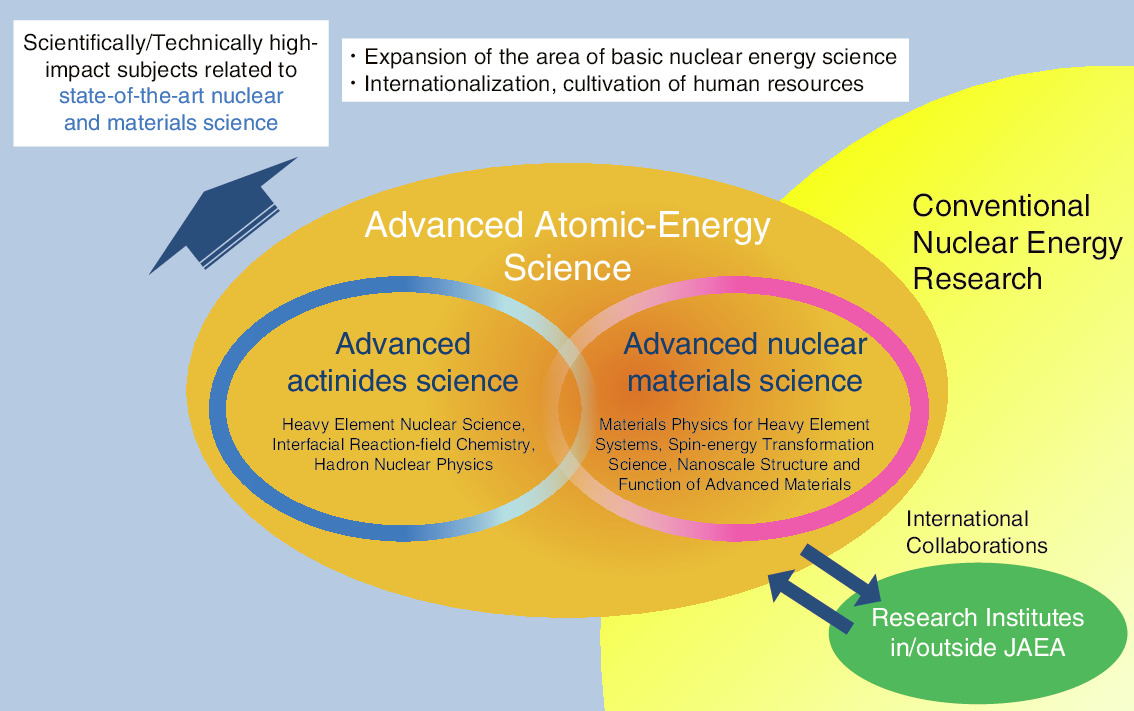
Fig.3-1 The role of advanced nuclear-scientific research
Basic science supports the most nuclear-energy-related technology. In research, it is particularly crucial to respond to the new stages of nuclear-energy development into which society will be entering in the next few decades, as well as to constantly seek solutions to today’s energy problems.
The role of the Advanced Science Research Center (ASRC) is to explore the unlimited potential of nuclear energy from the perspective of basic science. Through this process, we aim to open up new fields of research and further develop science and technology. In FY2015, we started our mid-term plan, focusing on two main areas: advanced actinides science and advanced nuclear-materials science (Fig.3-1). Research on the former has been conducted with the aim of creating a new concept for nuclear and heavy-element-based actinide science. For the latter, we have commenced investigation and development of new nuclear-energy-related materials. Through interactions between the two areas and collaboration with research institutes inside and outside of the Japan Atomic Energy Agency (JAEA), we have worked to cultivate new fields of nuclear-energy science (Fig.3-1).
We have made numerous highlighted achievements during FY2016. Through advanced actinides science, a new method of obtaining fission-fragment-mass distributions using multi-nucleon transfer reactions was established at the JAEA tandem accelerator (Topic 3-1). This method generates data for more than fourteen actinide nuclei at once, including neutron-rich nuclei that have not yet been investigated. At J-PARC, we found evidence of the production of K--proton-proton bound states, a new type of nuclear structure through anti-K meson between light hadrons (Topic 3-2). New technology for controlling the migration of cesium from forests to living areas was developed using the natural forces of polymers and clay. We developed verification tests in Iitate village, Fukushima, as well as other locations. We expect to prevent recontamination of living areas (Chapter 1, Topic 1-20).
Substantial results have been obtained by advanced nuclear-materials science. Theoretical calculation of the magnetic order of non-magnetic ions was performed (Topic 3-3). This result would allow the existence of new magnetic materials. High-spin rotational motion generates magnetism in metals; through the Barnett effect (i.e., the production of magnetization by rotating a body), the gyroscopic g-factors of rare-earth metals were measured (Topic 3-4). We have also determined the structure of germanene, the germanium-based equivalent of graphene, on an aluminum substrate using a total-reflection high-energy positron diffraction (TRHEPD) method (Topic 3-5), and revealed it to have an asymmetric structure.
We at the ASRC believe that it is important to develop human resources with nuclear expertise and to demonstrate their abilities through nuclear basic research.